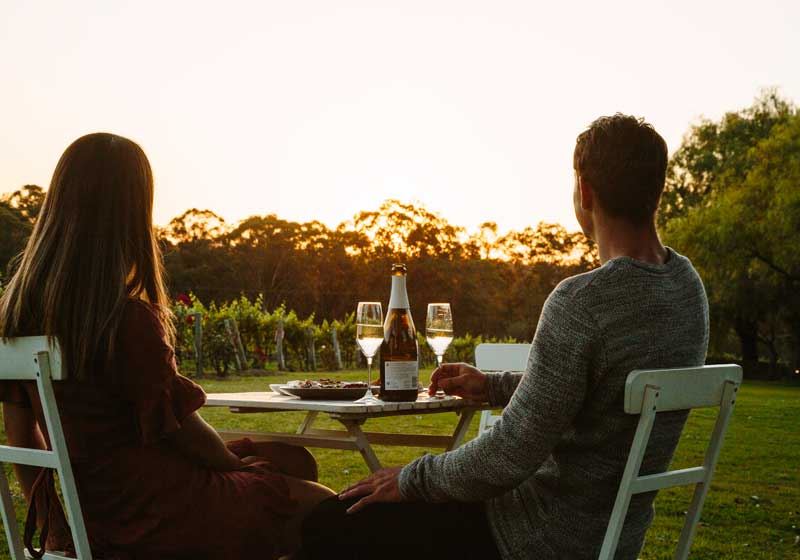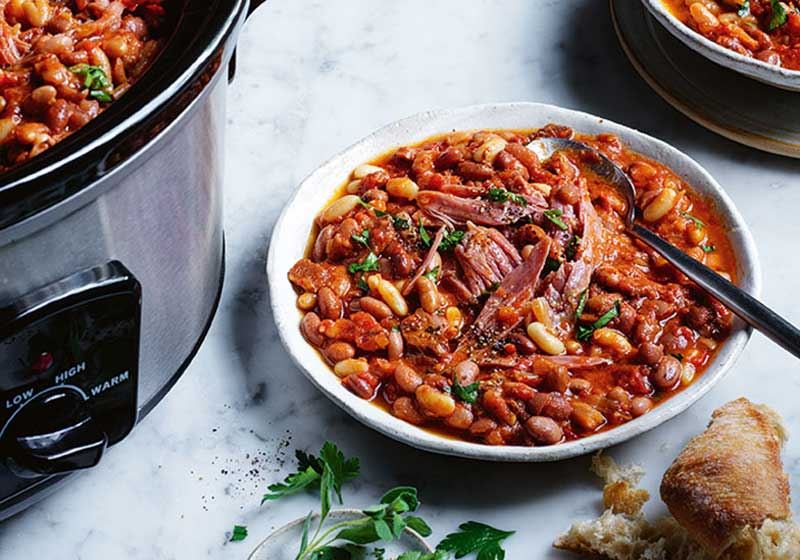Bubbly & Light for Summer Holidays
"I drink it when I'm happy and when I'm sad. Sometimes I drink it when I'm alone. When I have company I consider it obligatory. I trifle with it if I'm not hungry, and I drink it when I am. Otherwise I never touch it - unless I'm thirsty."
- Madame Lily Bollinger
A classic example of sparkling wine is Champagne, produced in the region of France with the same name, whereas sparklings produced in other countries and regions throughout the world do not have a specific name as such. The not-so-secret element that these wines all share is carbon dioxide that makes it light and fizzy and you’ll find it can range from “brut” dry to “doux” sweet varieties.
A refreshing beverage in the summer heat and a traditional favourite over the holiday season, you’ll find sparkling wine is quite vast in its possibilities, meaning you can always select the perfect one to match your setting, your tapas, or maybe even your lipstick. Your typical selection will feature whites or rose, however, the Australian Sparkling Shiraz is a unique must-try combination. The juice of harvested grapes is quickly pressed off for the white wines while it is in prolonged contact with the skin of the grape that creates the variance shades of colour in rose and red wines.
There are many regions of the world that produce quality sparkling wines, and Australia and New Zealand are no exception. In Australia, some excellent examples are produced from the cooler vineyards of Victoria, and in more recent times, Tasmania. The Marlborough and Waipara regions of New Zealand are also producing some fine sparkling wines.
These are excellent examples of Méthode Champenoise wines. However, by law, the only vineyards that can claim to produce Champagne are located within the Champagne region of France, and they must follow the principles of Appellation d'Origine Contrôlée (AOC).
Pinot noir (a red grape from the vine) is the grape primarily used in the process of creating sparkling wine. The Champagne procedure was mastered in France throughout the ages and informs what we do in Australia, though there are modern adaptations and variance by winery depending on the vintner’s decision making.
Understanding the Champagne Method gives the curious-minded a better idea of how our sparklings are created today. For the technically minded, grapes used for Champagne are generally picked earlier, when sugar levels are lower and acid levels higher. There is a first and second fermentation, the latter lasting at least twelve months.
Once the wine has aged, there's still the task of removing the yeast from the bottle. An ingenious method called riddling is employed. The bottles are placed at a 45 degree angle in either an automated or manual turning rack. Then the bottles are periodically rotated. This process forces the yeast down into the cap of the bottle. After riddling, the yeast is ready to be removed. The tops of the bottles are frozen, trapping the yeast as an ice plug in the cap which prevents it from falling back into the sparkling wine. A disgorging machine removes the cap from the bottle and the pressure built up inside shoots out the yeast ice plug. Finally, the cork is forced into the bottle and capped with a wire hood.
Vintage Champagnes are aged in cellars for three years or more before disgorgement, but most top producers exceed this minimum requirement, holding bottles on the lees for 6 to 8 years before disgorgement.
The most important part of the adapted Methode Champenoise is the tasting part. There’s always reason to celebrate and nothing tops off the festivities like a nice bottle of bubbly. Served cold, the aim is to serve it at 7 to 9 degrees Celsius. With flutes filled up to ¾, you’re set. Knowing the process may assist in appreciating your sparkling beverage, though when selecting the right one it’s a subjective experience and as always we have a few suggestions.
See our Sparkling Wine suggestions.










